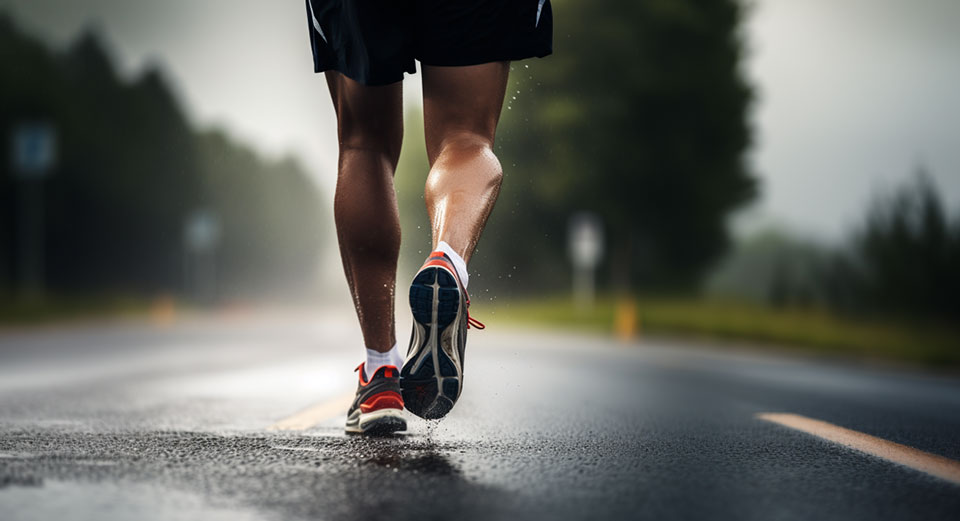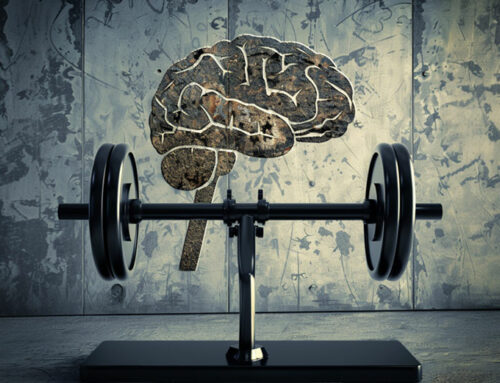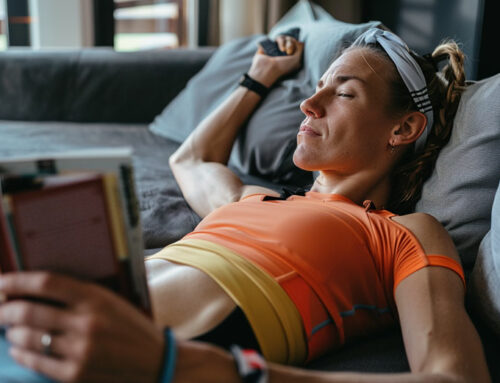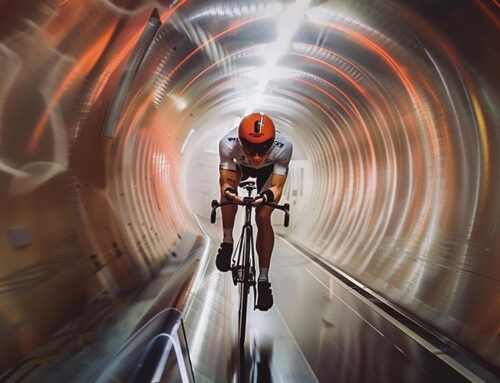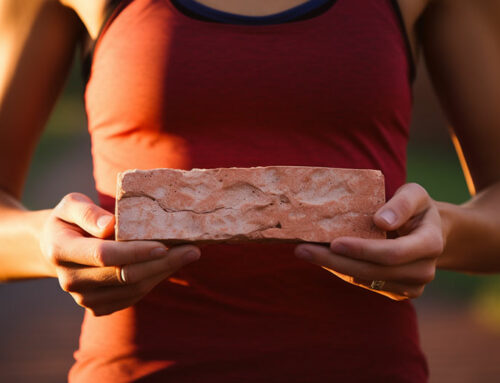What is running economy, and why should I care?
Well hot damn I’m glad you asked this INCREDIBLY important question.
Running Economy (adjective): the balance between how fast an individual can run and how much energy they are using to run that speed.
Synonyms: Efficiency, Effectiveness, Output-Speed
Used in a sentence: Molly’s all-out fastest 1-mile time was 8:00 minutes, and she couldn’t run that pace for longer than 1-mile. But by improving her running economy over the course of 12 months, Molly was able to run an entire 5k in 24:00 minutes, which is under and 8:00 minute mile pace.
Alright, that’s nice Matt, we would all like to run more efficiently, but isn’t it easier said than done? Here’s the great part, it’s much easier than you think! Improving running economy starts with training aerobic capacity and then peppering in a little bit of speed here and there. If that’s the case, then we need to know what the hell aerobic capacity is and how we make it better. Aerobic capacity, simply put, is how hard your body has to work at a moderate running pace. If you ran the exact same distance at the exact same pace every day for 1-year, then your body would use less energy at the end of that year to go the same pace. Your leg and core muscles are much stronger, but your heart is also stronger and it knows that it doesn’t need to work as hard when you go running. Great, so why don’t I just bore myself to death and run the exact same pace every day for the rest of the year? Well, it will help increase your aerobic capacity, but it won’t help you actually go faster than that moderate pace. That’s where the speed comes in. By varying our pace throughout individual runs, within each week, and over the course of many months, we train our muscles to be stronger and propel our bodies better while also training our heart to work the same rate during those harder efforts. All of this results in running faster paces over a longer period of time without working harder or spending more energy. Running economy improved! What this actually feels like during a run with strides is to do a :20 second surge to your 5k pace, and when you return to moderate, you’re actually running faster than you were before, but it doesn’t feel that way because you decreased your speed from the surge to the new moderate pace. While this last bit is more psychological than physiological, it helps to know what to expect when you do your strides.
Of course, the process is a lot more complex than this explanation. I’ll dive into the molecular biology of lactate thresholds, lactate clearance, mitochondrial creation, oxygen-delivery systems, and ATP formation in a later note.
Now that you know a little bit more about running economy and why we want to be more efficient runners, you can dial in your running strides and pickups, your threshold+ bike rides, and faster swims to make sure the moderate pace can improve without increased output. So, when those strides at the end of a run really feel sluggish, keep pushing, even if they aren’t as fast as you would like, it’s making really important incremental gains to overall progress.
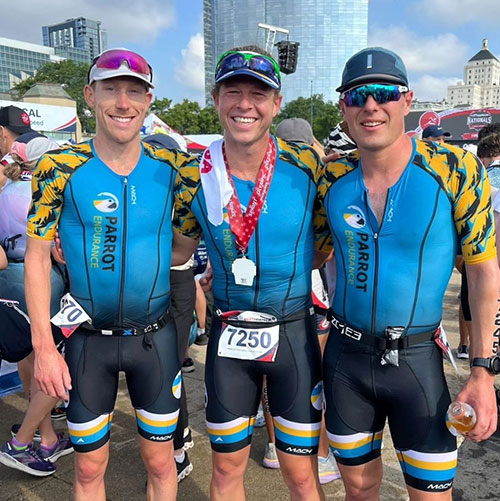
Matt Nadel
Unleash Your Athlete
Matt loves the process and lifestyle of being an endurance athlete. He has been coaching swimmers for over 15 years, triathletes for 7 years, and is an Ironman U certified coach. Matt was a swimmer at Colorado College where he was an NCAA All-American and held multiple team records in the distance freestyle events. He quickly jumped into triathlon after college and fell in love with the endurance community while racking up multiple AG wins in local races. As an environmental lawyer by day, Matt understands the constraints of working professionals and he personalizes training for his athletes to find how triathlon fits into their lives and how they can make endurance sports a lifelong, joy-filled process.
Contact Matt to start your endurance journey with Unleash Your Athlete: matthewcnadel@gmail.com or 303-908-0510.

